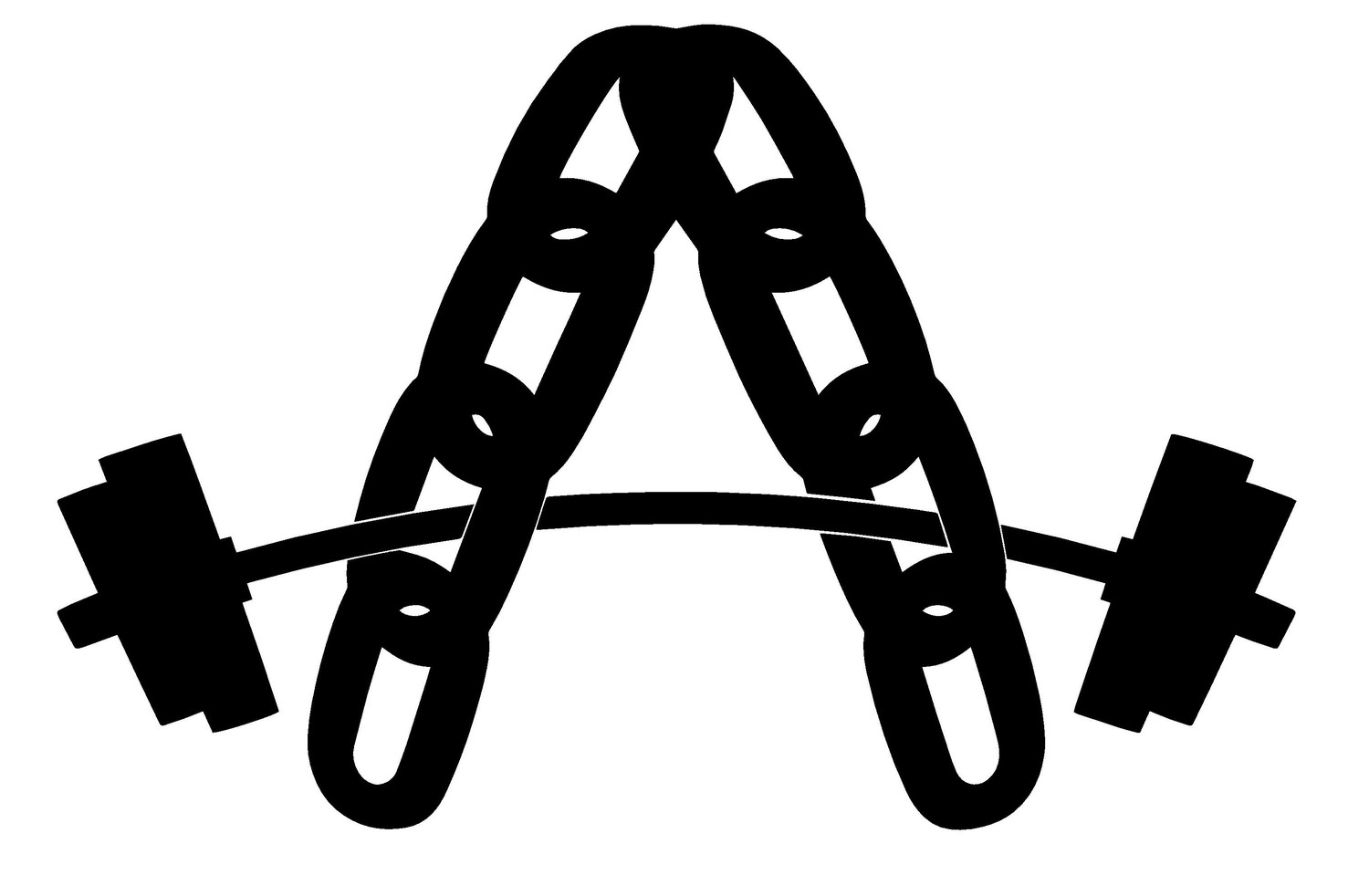How do you define a successful meet? For some, it is winning the meet, for others it’s about setting a PR(s), and further for some it is about doing the meet without injury. Despite how you define success, I would argue that come meet day, success is achieved through attempt selection. Attempt selection is a relatively simple component of the sport, however it is the key to “your” success. This is something that you can only train through experience and proper guidance.
First off, no matter what you had planned to hit at the meet, your first attempt should be thought of separately and is just as important as your other lifts. This lift or attempt will set the pace for the remainder of the attempts as well as the rest of the meet. So it is very important to set yourself up success rather than turning the meet into a mind game. I would not think about attempt selection until a few weeks before the meet, for me I don’t worry about attempt selection until 3 weeks out; which coincides with the heaviest or highest intensity week of training. There are several general rules that you should follow when making this call:
1) Your opener should reflect a weight that you can hit almost guaranteed, barring any major incidents. Normally this could be a 3 or 4 repetition max or what you considered your last warm up. For me, my first attempt is my last warm up, or my first wrapped set.
2) One should adjust the weight based on weight cut and rehydration (if applicable). For new powerlifters weight cut is not advisable. If you recover well I would go forward with your original plan. It is important to remember your first attempt can always be changed before the meet starts, but not after the flights are posted in most federations.
3) Being comfortable with the meet set up, i.e., relatively quick or long warm up periods, length of the flight, or judging and commands. For new lifters, this is a very important variable that needs to be addressed in your attempt selection. For experienced lifters, they should be more comfortable yet still aware of the specific challenges.
If the first attempt was a failure, I would adjust based on how you failed. If it was due to breaking rules/commands but an easy enough lift, I would continue to your planned second attempt. Remember you can only increase your attempt once the flight has started, you can NOT lower the weight. If the lift was harder than you expected and you missed on technique or strength, your only option would be to retake the lift. But no matter your decision, you must always remember that your goal is to get in a successful lift and stay in the meet. However, after a successful first attempt, your second attempt should be around your heaviest lift you achieved during the training cycle. For me personally, I always like to air on the side of caution and select a weight around 10-15lbs or 5-7.5kg under my heaviest training day during the training cycle. For instance, my last meet I worked up to 720 pounds and my second attempt was 705 pounds. For me, this is generally a meet PR. This is a more conservative attempt which allows for you to apply more effort on your third attempt.
For your final or third attempt, I recommend following the same rules as before when going from first to second attempt. The only exception to this rule is if you missed both your first and second attempt, in that situation you need to set aside your pride and repeat the lift and hope you can stay in the meet. If your goal is to win the meet then you must start planning a strategy to beat out your competition, for instance understanding their strengths and weakness’ and use it to your advantage. If you know you can make up a few pounds in the other lifts I would plan to be more conservative and if not then I would get as many pounds as you can. Alternatively, if you are just there to have fun, it is a guessing game. I normally go for something just over my all-time PR (meet or training); but in terms of your squat you must also remember that you have to bench and deadlift afterwards and so you must try to adapt based on the circumstances.
As mentioned earlier, it all comes down to what you want: to win, set PRs or just get the experience. But just remember its ALL ABOUT HAVING FUN!
